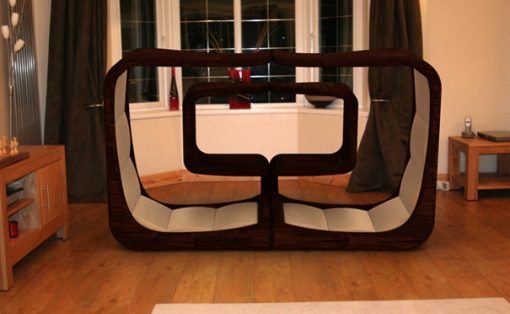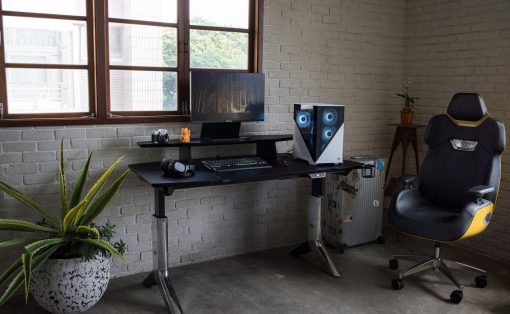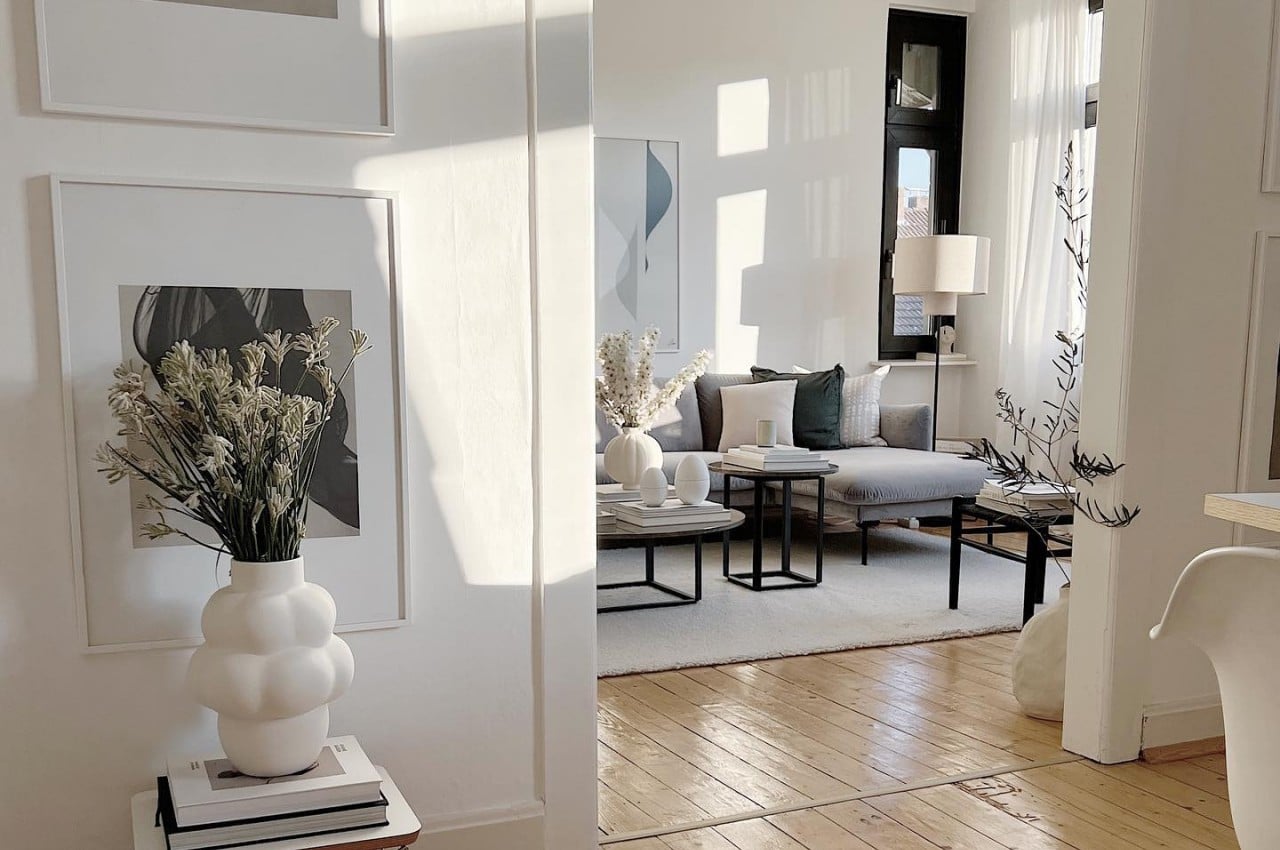
A home renovation is always exciting in the beginning as it allows the homeowner to enhance the functionality and aesthetics of the space. However, before starting any renovation project, one must clearly envision what one wants to achieve. If there is a lack of proper planning, the design and execution of the project can become challenging and transform into a stressful and overwhelming process. Follow this guide to avoid making costly mistakes while refurbishing your home.
1. Choosing The Cheapest Contractor
- Carefully choose your contractor and remodeling team by considering factors like skill, experience, reputation, and workmanship. Do check their record in terms of timely deliverables.
- Take a quotation from at least three reputable contractors, and avoid getting tempted to go with the lowest quotation to save money. Note that some contractors will give a cheap quote to get the job and then may provide substandard workmanship and compromise on the quality of products. Keep in mind that efficient labor is comparatively expensive, but they complete the job faster with a flawless finish.
- Communication is the key, so choose a contractor with proper skills and good reviews. The contractor should understand your vision and deliver accordingly. Create a contract and ensure that it includes all the specifications of the raw materials and a proper working schedule with realistic timelines.
- If it’s a large-scale renovation, consulting a pro and hiring the right professionals for the job is highly recommended. Additionally, elaborate home renovations are complex and technical, so avoid taking the DIY route.
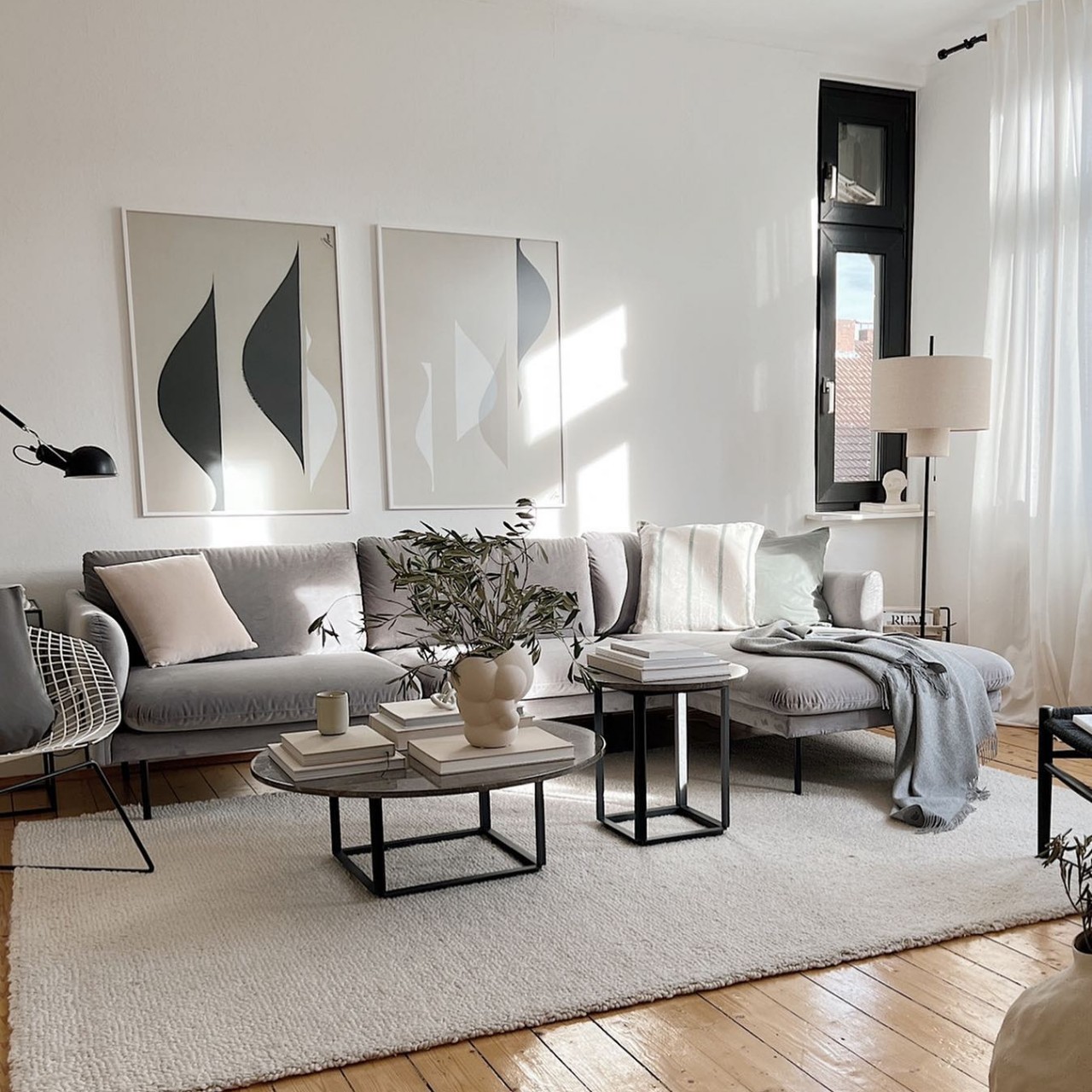
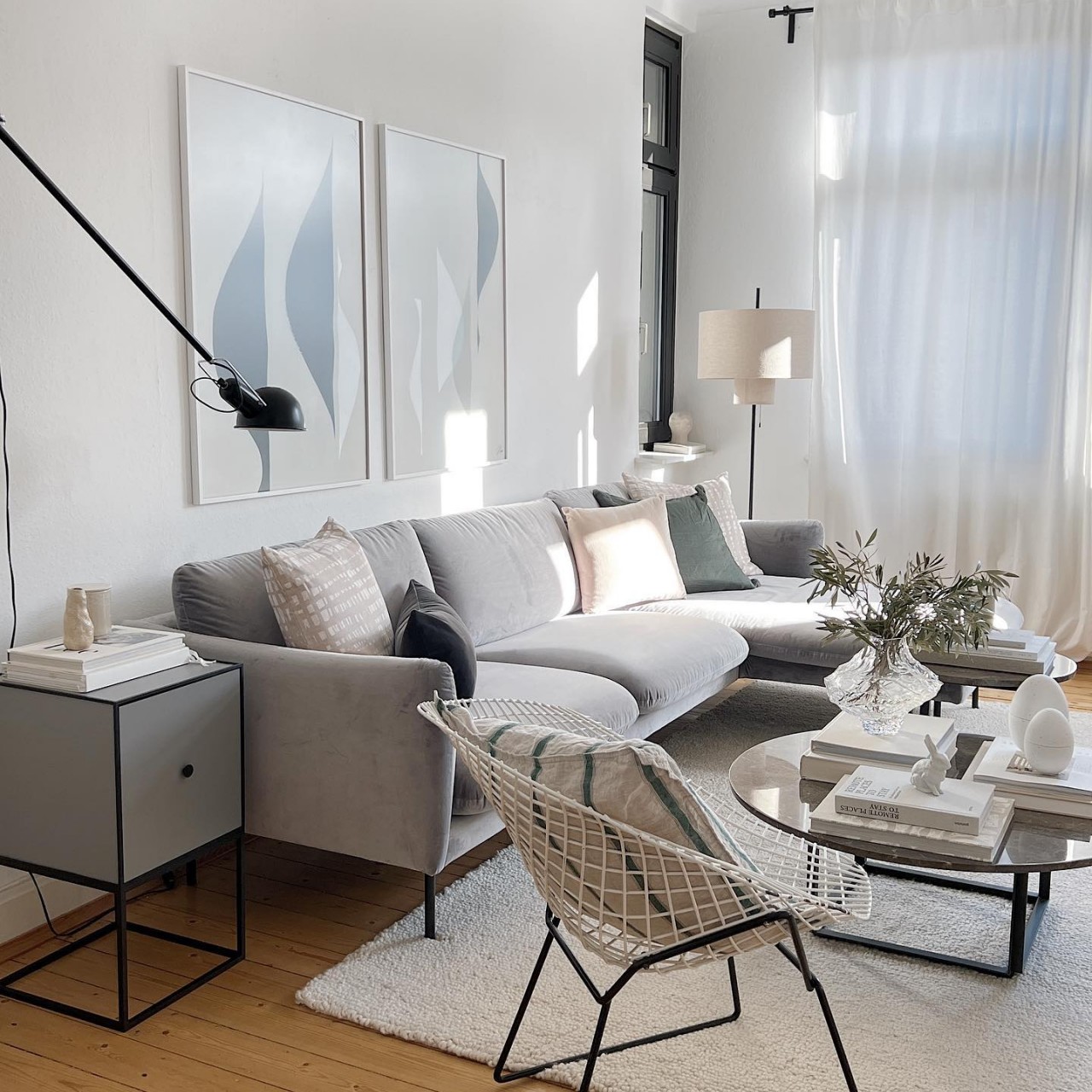
Designer: Alexander Paar
2. Insufficient Budget
- Create a realistic budget before starting the project and make provision for an additional budget of 15% to 20% for contingencies or unforeseen expenses.
- Divide the project into different zones and focus on one area at a time. Prioritize the zones where you would like to spend generously and those areas where you would want to stick to a minimalistic budget.
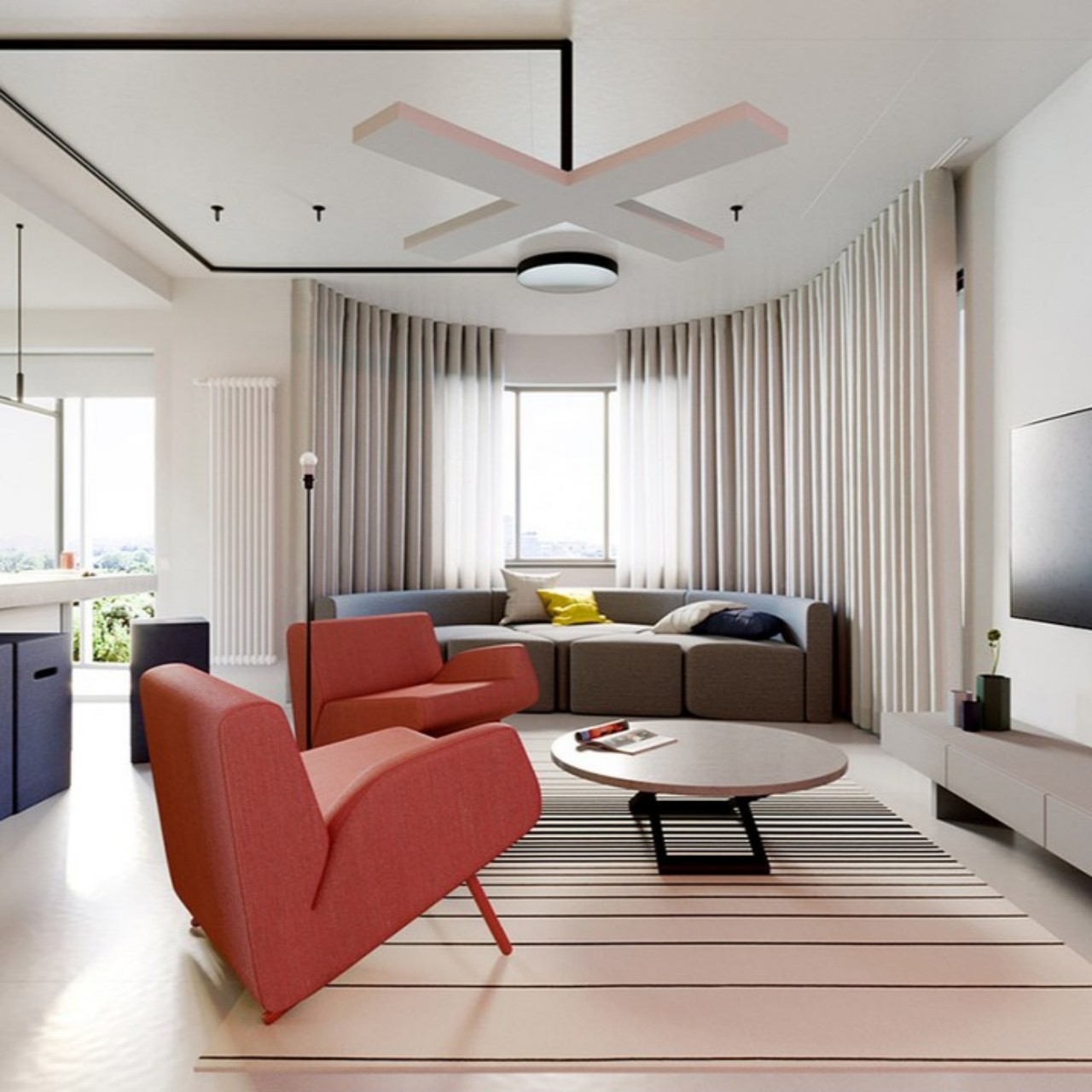

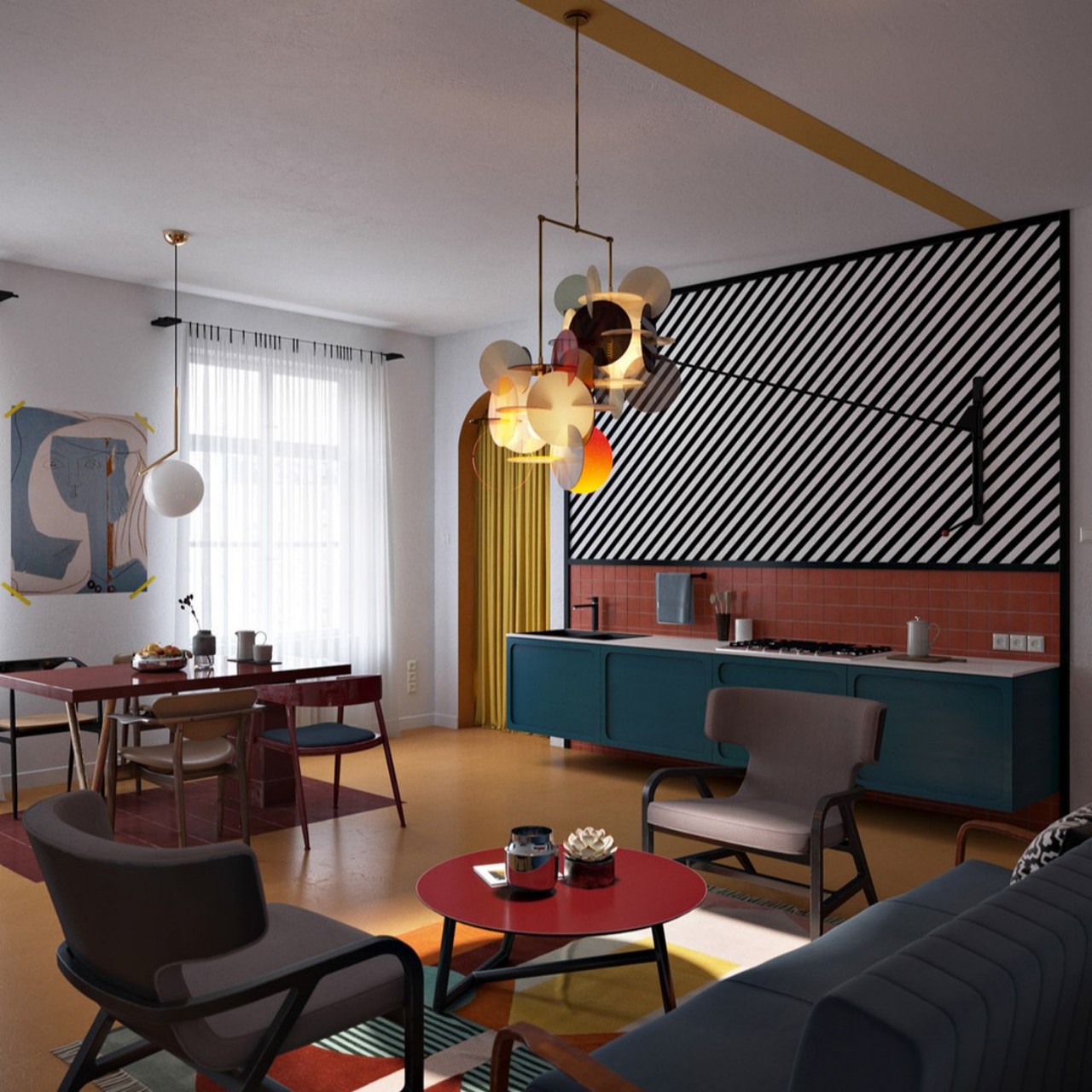
Designer: DEKORAMA
3. Not Paying Attention To Crucial Issues
- When renovating an older property, thoroughly check the building for any pre-structural problems. Inspect the building for wall cracks, broken plumbing lines, dampness, and faulty electrical wiring.
- Structural damages might be caused due to water seepage, and repair work is needed.
- Make provision for adequate electrical points as per the furniture layout.
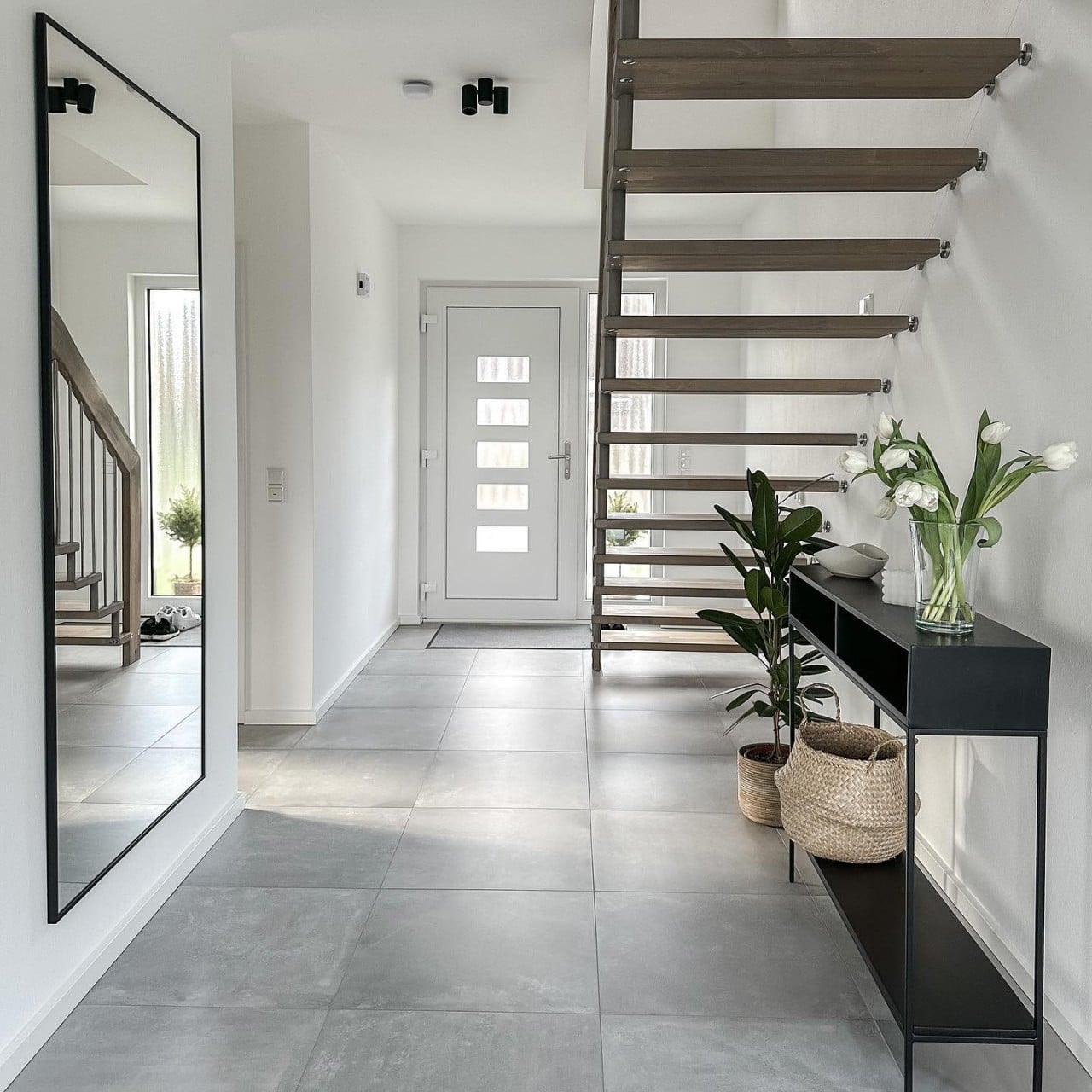
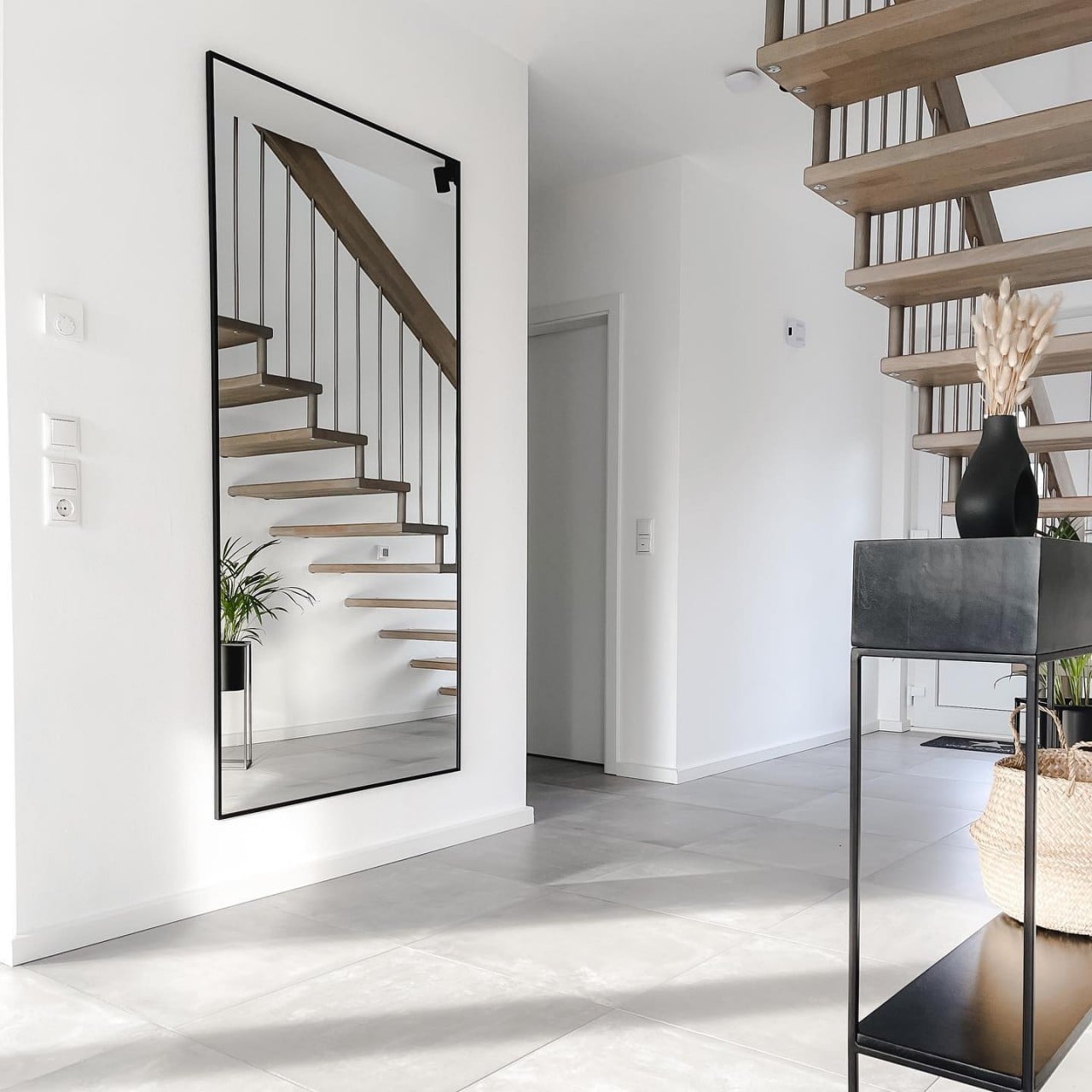
Designer: unser.neubauglueck
4. Going For A Timeless Design
- Consider a timeless design, as trendy designs often change over time. If you want to incorporate the latest décor trends, bring it in the wall paint, upholstery, and accessories so that they are easy to replace.
- Prioritize function over form instead of focusing on cosmetic and aesthetic changes only.
5. Buying Cheap Materials
- Compromising the quality of materials is one of the biggest mistakes most homeowners make. Do not cut corners when selecting flooring, plumbing, electricals, sanitary fixtures, doors, windows, hinges, and kitchen cabinetry, as they are permanent. Invest in loose pieces of furniture during the fag end of the project or at a later stage.
- Note that premium quality materials can be expensive but highly durable and long-lasting. If one has a limited budget, it is advisable to control the scale of the project instead of buying cheap quality materials.
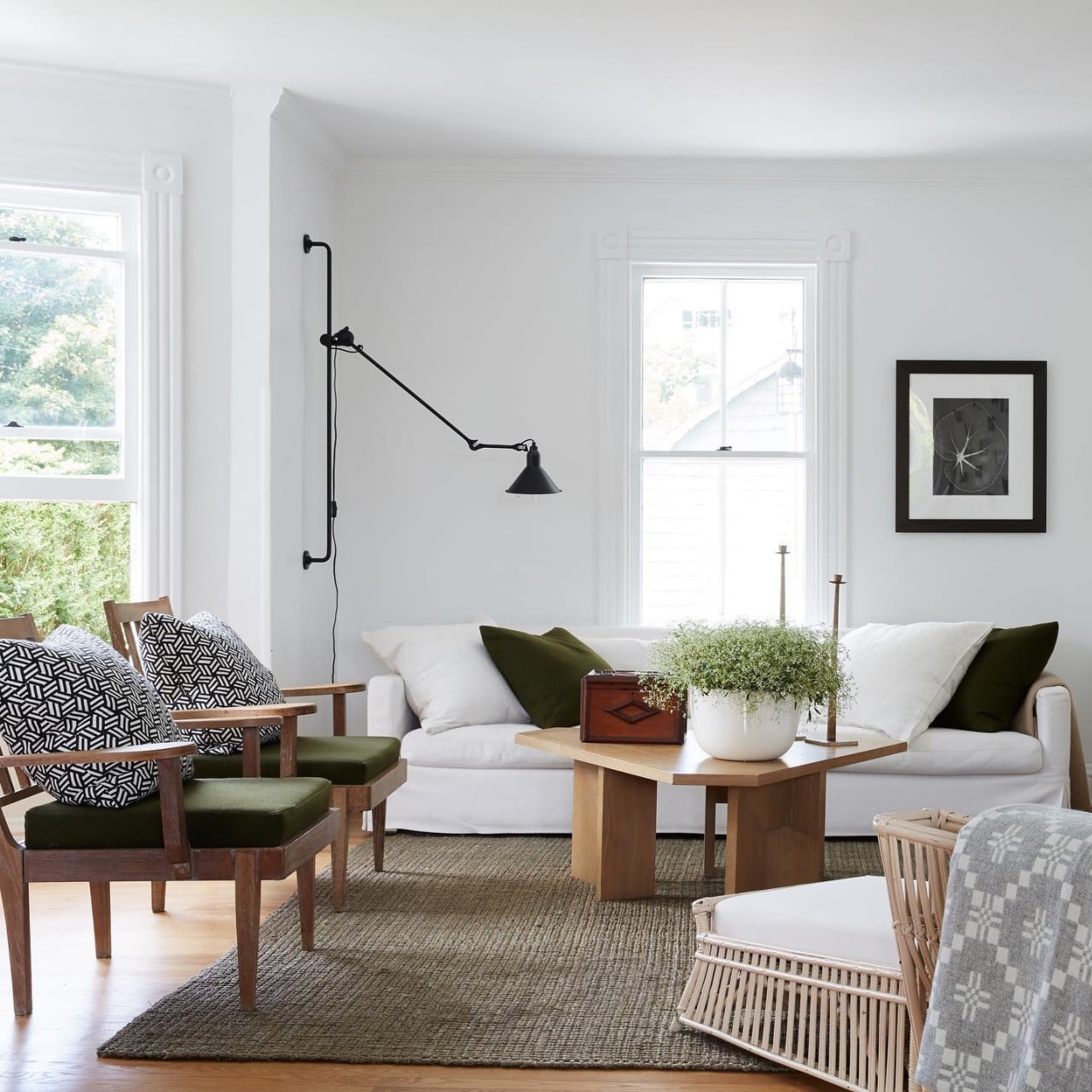
Designer: Fat Shack Vintage
6. Improper Lighting
- Incorporate a well-designed lighting plan so that each area can perform any task that is done in that particular space.
- Create a layered lighting scheme with ambient, task, and accent lighting to improve the overall lighting of the home so that there are no dark patches in the house.
- A combination of ambient lighting, task lighting, and accent lighting can ensure proper illumination and create a well-designed lighting scheme.
- Ambient lighting forms the first layer of lighting that takes care of the general illumination of the space. It is a fusion of natural and overhead lighting that lets one see the surroundings.
- Task lighting allows one to perform specific tasks like reading, cooking, studying, applying make-up, and studying. This type of lighting eliminates shadows, does not produce glare, and is used to illuminate the countertops, desks, and reading nooks.
- Accent lighting provides focused lighting and is strategically positioned to highlight architectural features, artwork, wall décor, and photos. It can also be used to illuminate dark corners without adequate ambient lighting.

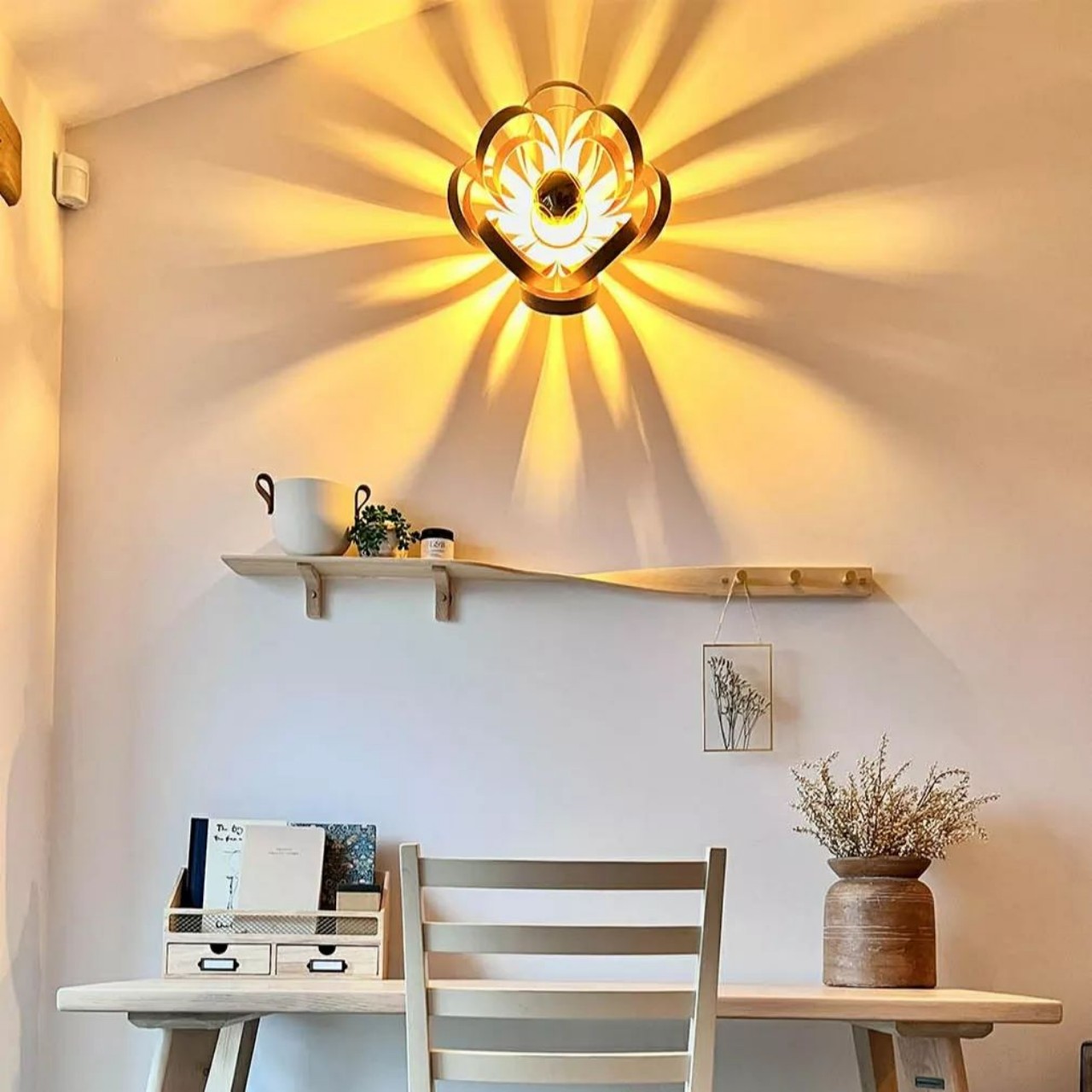
Designer: Tom Raffield
7. Poor Planning
- The space planning should be good with proper furniture layout and circulation pattern so that you don’t bump into the furniture. In addition, there should be adequate provision for ventilation. If you plan to make any civil changes in the layout of the space, hire a professional engineer who can advise on what changes can be made. Bring in a professional at the start of the project and not after the renovation work has started. A professional designer will cost you 10 to 20 percent of an additional cost, but they have a trained eye to assess things; they should come in during the project’s planning stage.
- Pay attention to the layout of the kitchen. Divide the kitchen into different zones and mark the sink, hob, and refrigerator position. Select the appliances and make provision for the electric points.
- Whether buying furniture, ordering flooring, or wall paint, always measure the space at least twice and make only a few changes.
- There should be adequate built-in and closed storage for a well-organized, clutter-free look.
- Once the layout is final, adhere to it, as any change may result in delays and extra costs and can push back the proposed timeline.

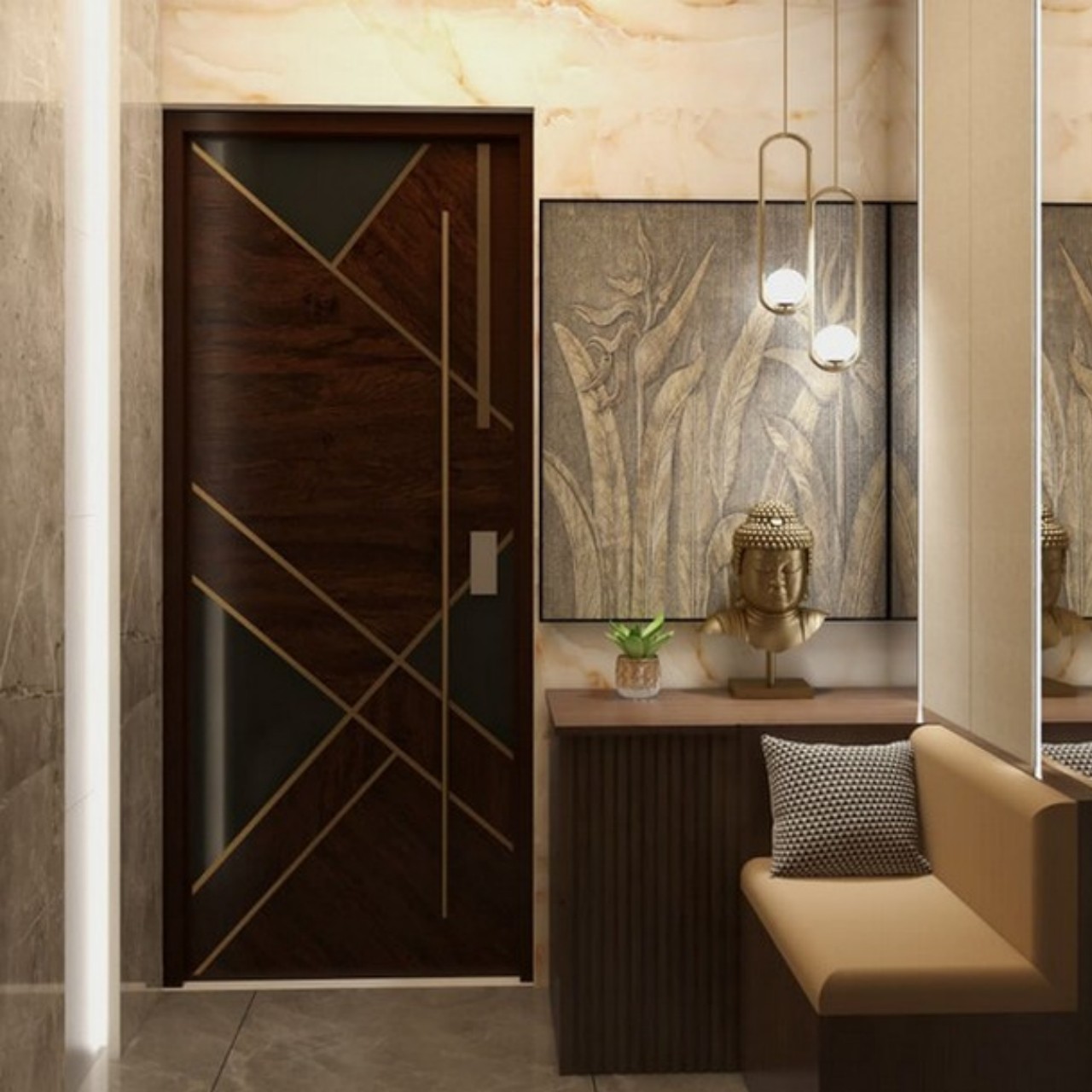
Designer: Waves Design
8. Not Investing In Energy-Efficient Solutions
- Invest in green appliances that are available across different budgets. It not only helps reduce the home’s eco-footprint but also helps reduce the home’s running costs and electricity bills in the long run.
- For example, go for faucets and fixtures that can improve water efficiency, install solar panels to generate electricity, and insulate the home to prevent heat gain and loss within the interiors.
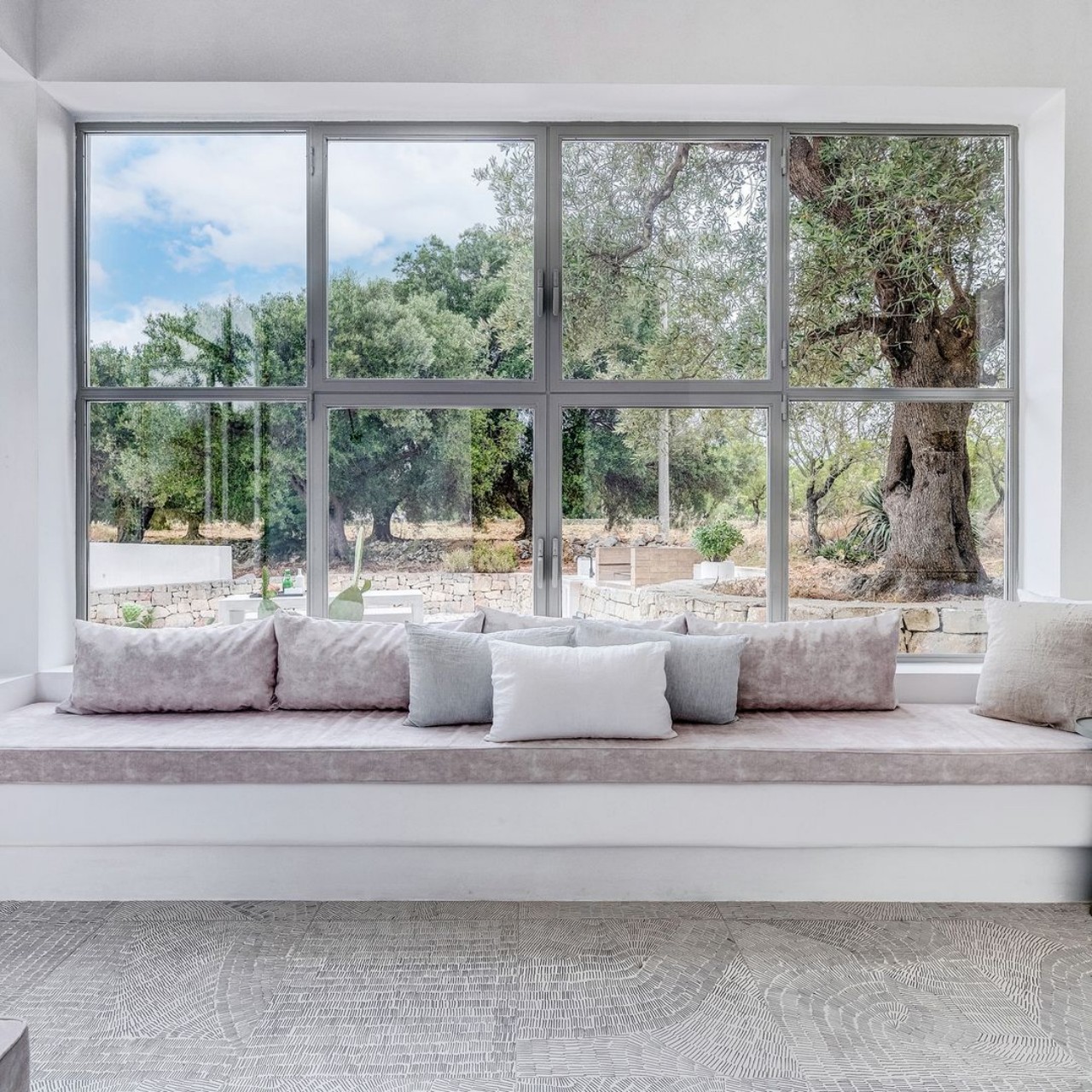
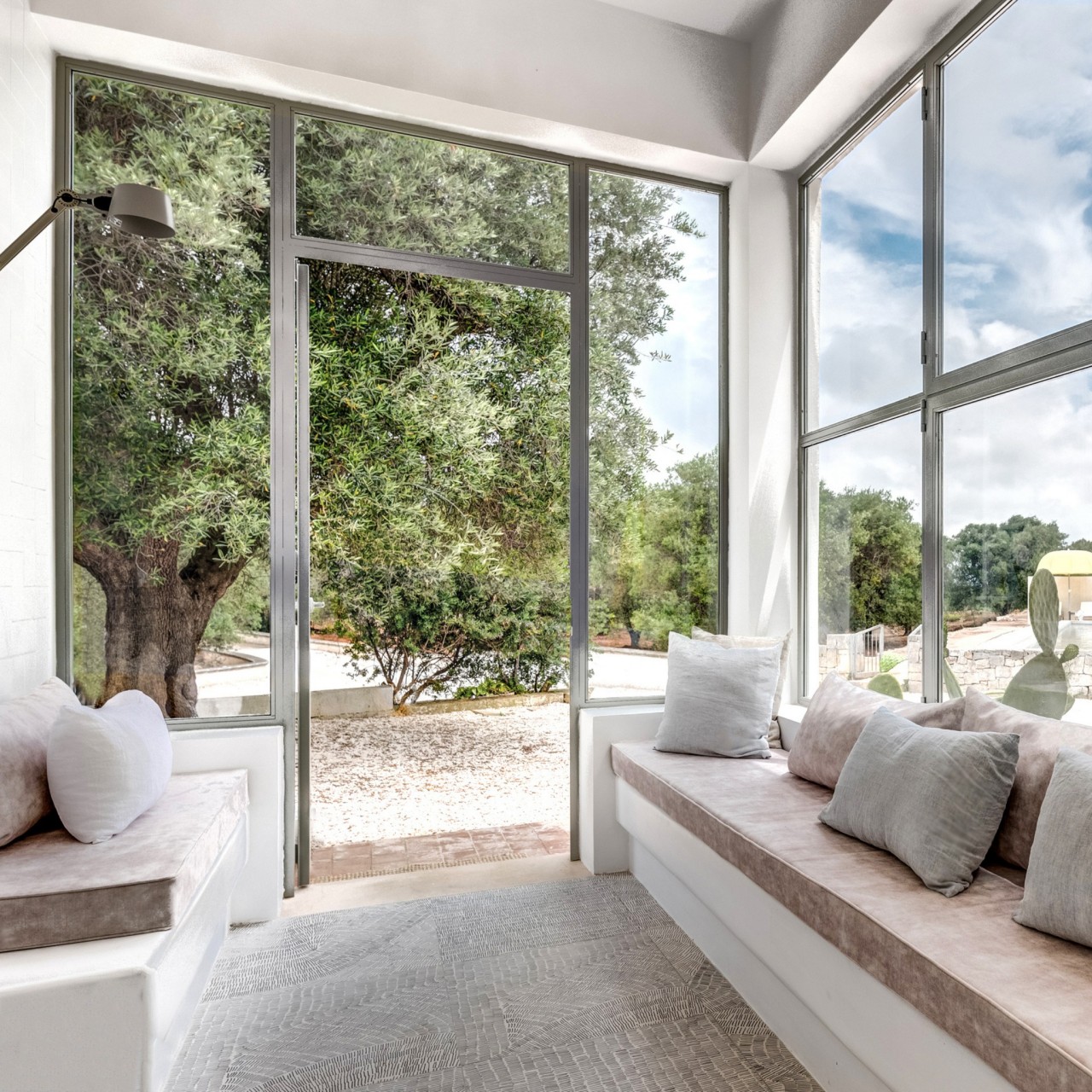
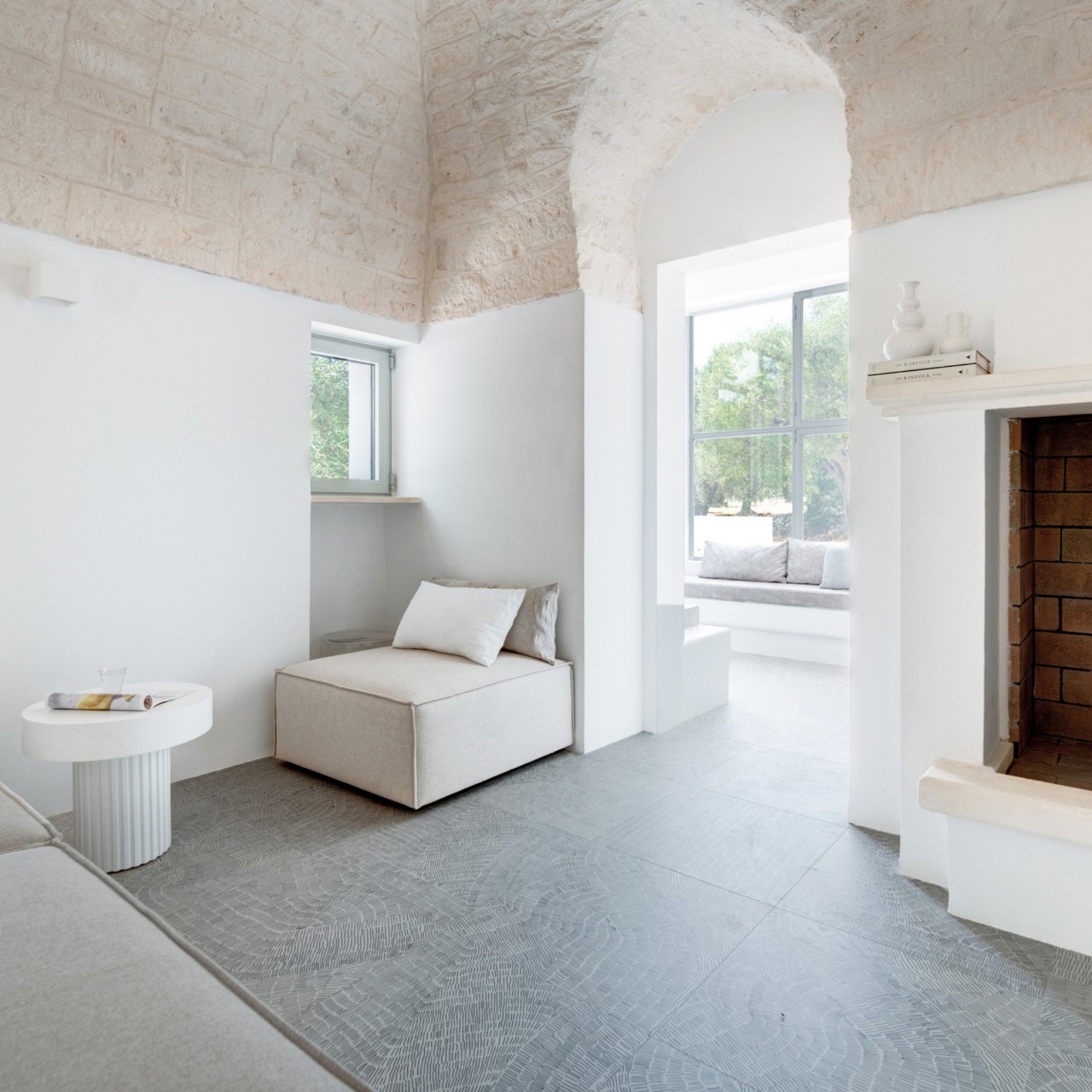
Designer: Studiotoff
9. Picking The Wrong Design Elements
- Choose windows that suit the architectural and interior style of the home.
- The space should be well-designed, and the décor should abide by a traditional, modern, or transitional design style.
- Wait to buy the furniture, accessories, and decorative light fixtures. It is advisable to purchase these items during the completion stage of the project so that one does not land up buying products that do not fit. When selecting furniture, ensure that they are according to the scale and proportion of the space.
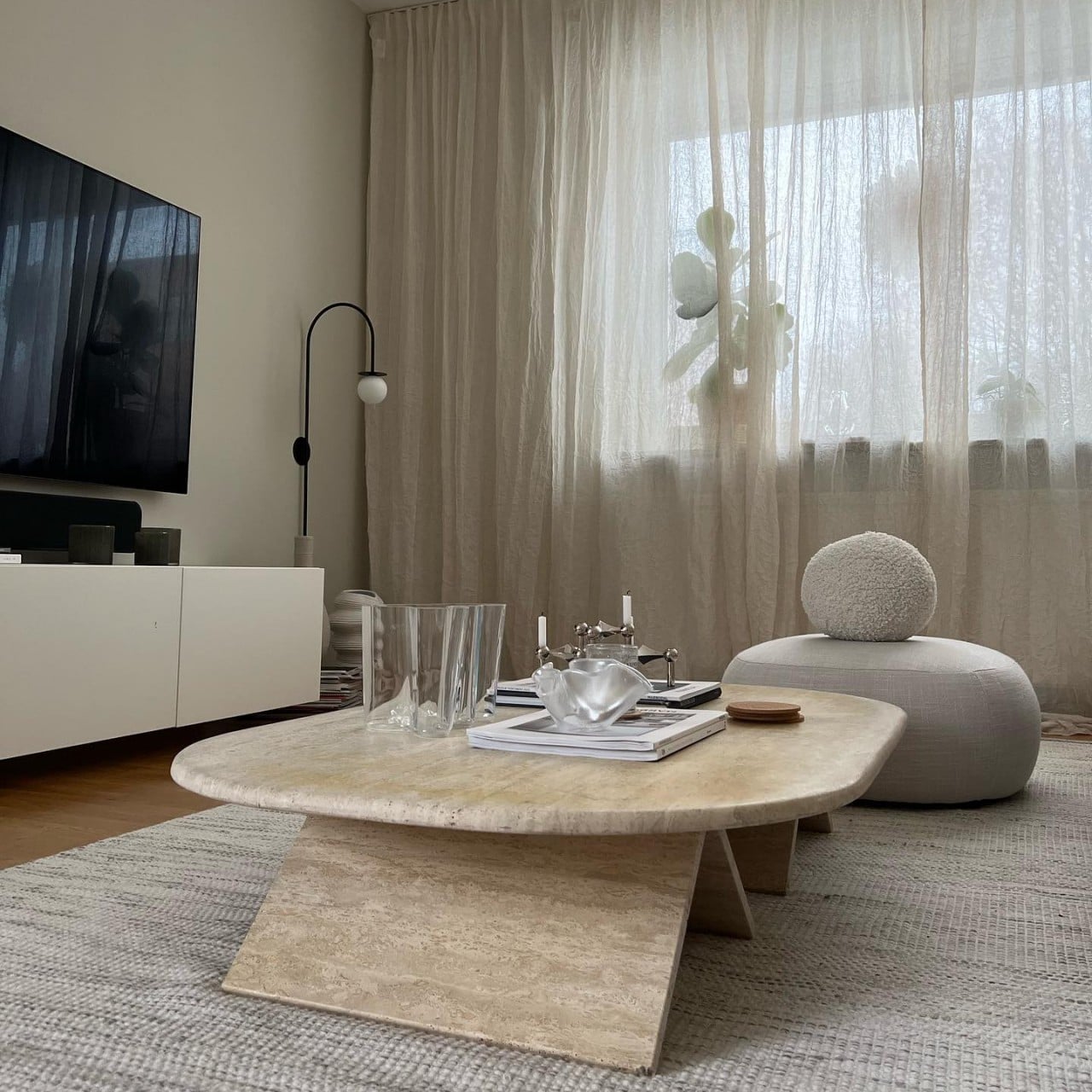
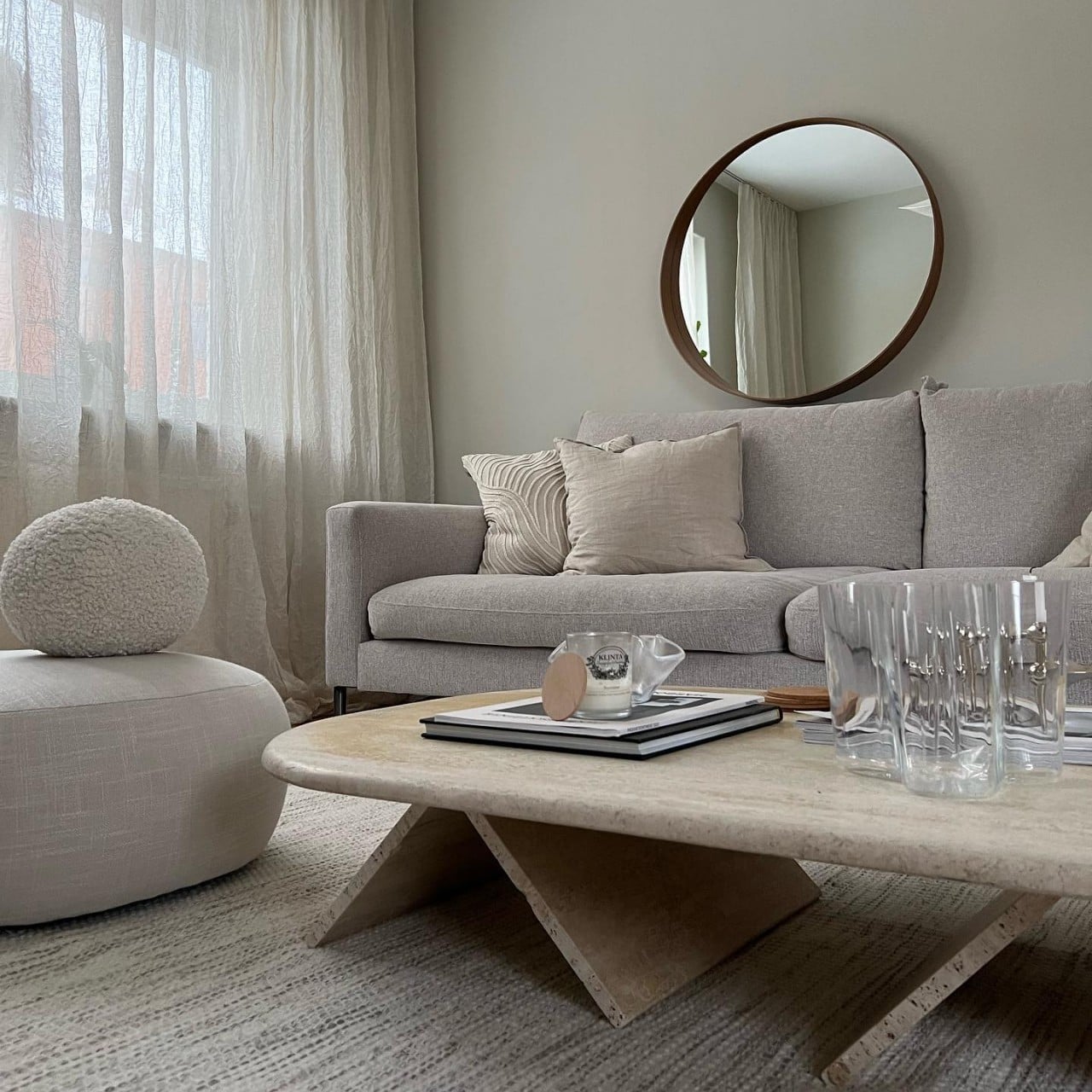
Designer: Hanna Hakansson
10. Not Giving It Time
- A successful renovation requires adequate time, so never try to speed up the renovation project as it may compromise design and workmanship, and one may miss the essential details.
- Create a proper timeline, as remodeling and renovation usually result in chaos and go differently than planned. A material schedule will ensure that the raw materials are purchased and come on-site on time.
- In any renovation, a dedicated team of designers, contractors, and vendors work together and are codependent on each other. There should be good cooperation within the team and proper workflow; otherwise, it will result in unnecessary delays.
As a renovation project can be a nightmare, these tried and tested tips can surely make the process easier. Once you avoid making these design mistakes, the renovation can transform into a joyful experience.




